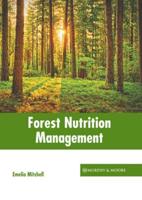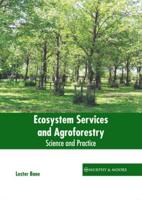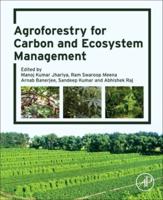Publisher's Synopsis
This guide is intended to serve as a quick reference to selected, common macrofungi (fungi with large fruit bodies such as mushrooms, brackets, or conks) frequently encountered in four broad forest ecosystems in the Lake States: aspen-birch, northern hardwoods, lowland conifers, and upland conifers. Although these fungi are most common in the ecosystems we list them in, many can be found associated with tree species in multiple ecosystems. We provide brief identifying characteristics of the selected mushrooms to allow you to identify some down to the species level and others to the genus or group to which they belong. Former scientific names are provided in parentheses. Also included in each mushroom description are details about its ecosystem function, season of fruiting, edibility, and other characteristics.
Although we provide information about edibility in this guide, DO NOT eat any mushroom unless you are absolutely certain of its identity: many mushroom species look alike and some species are highly poisonous. Many mushrooms can be identified only by examining the color of spore prints or by examining spores and tissuesunder a microscope. As mushrooms age, changes in their shape, color, and general appearance make it necessary to examine several individuals for their distinguishing features. For additional information on other species of macrofungi, serious mushroom hunters may wish to consult any of the excellent illustrated guides and detailed keys available (see Suggested References at the end of this guide). Several useful mycological Web sites with images and descriptions of fungi are available and a few of these are also listed.












